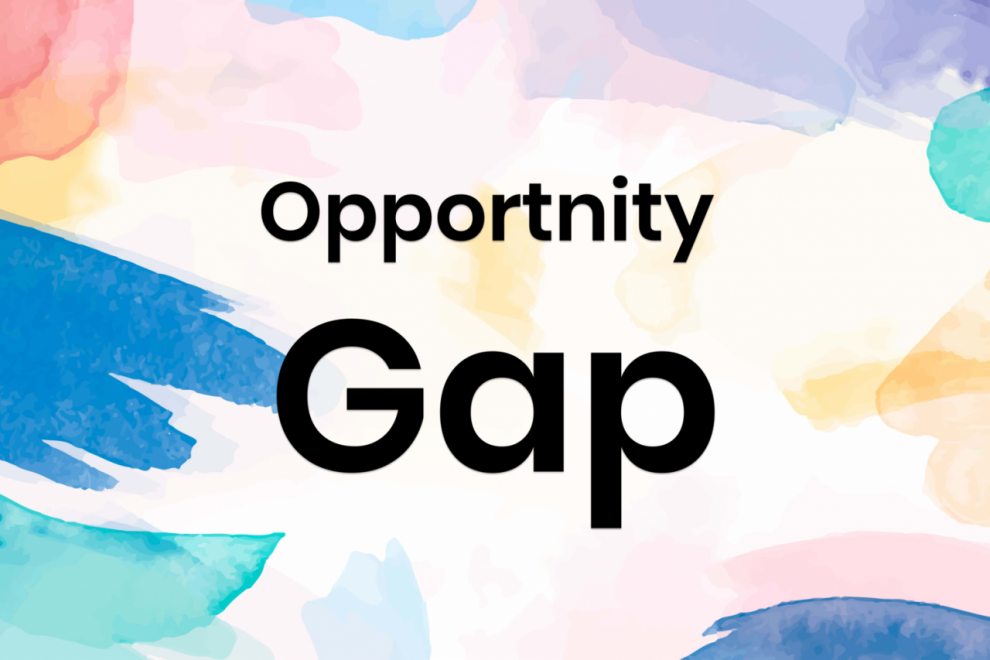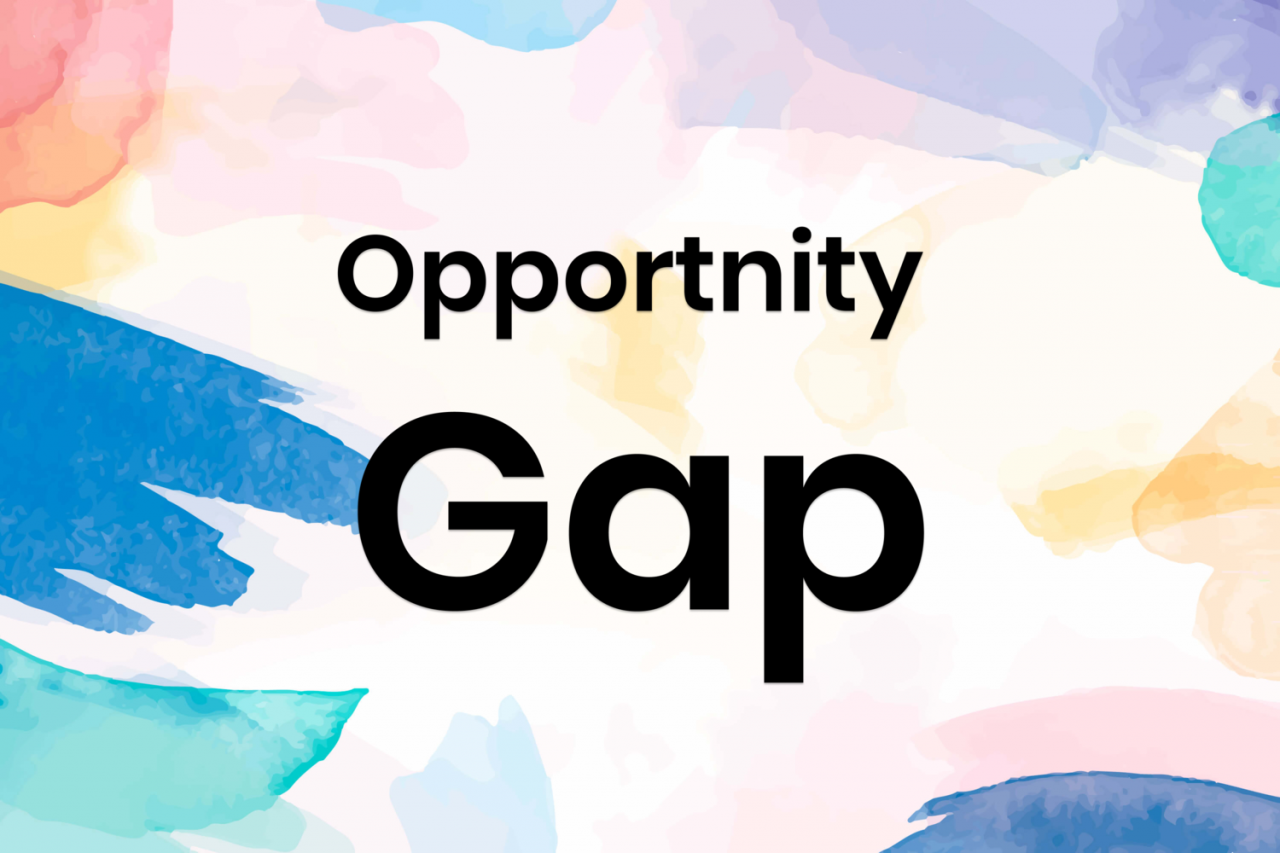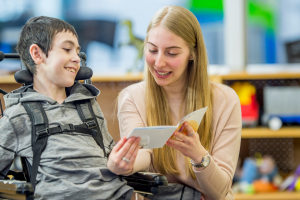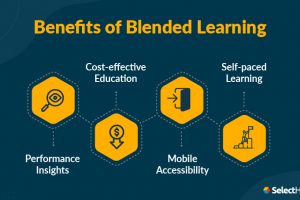Introduction: The Urgent Need for Change
The Harsh Reality
Educational inequality is a pressing issue in the United States that continues to persist despite decades of effort. The disparities in access to quality education, resources, and opportunities are stark, and they have far-reaching consequences. As former U.S. President Lyndon B. Johnson once said, “Education is not a problem. Education is an opportunity.”
The Opportunity Gap
The term “opportunity gap” is often used to describe the uneven distribution of educational resources and opportunities among different groups of students. This article will delve into the root causes of educational inequalities, explore the consequences for individuals and society, and discuss strategies and initiatives aimed at addressing these disparities.
Understanding the Causes of Educational Inequalities
A Legacy of Historical Injustices
Segregation: A Stain on American History
Historically, racial segregation in schools denied African American students access to quality education. Even after the landmark Brown v. Board of Education ruling in 1954, which declared segregated schools unconstitutional, de facto segregation and disparities in resources persisted.
Funding Disparities: Unequal Resources
The funding of public schools in the U.S. is largely dependent on local property taxes. This system perpetuates inequality because schools in affluent areas have more resources, better facilities, and well-paid teachers, while those in impoverished neighborhoods struggle to provide basic necessities.
Socioeconomic Factors: A Vicious Cycle
The Poverty-Education Link
Poverty and educational outcomes are closely intertwined. Students from low-income backgrounds often face challenges such as inadequate nutrition, housing instability, and limited access to healthcare, all of which can hinder their ability to succeed in school.
The Role of Family Support
Affluent families can provide their children with a wide range of educational opportunities, from extracurricular activities to tutoring. In contrast, disadvantaged families may lack the time, knowledge, or resources to support their children’s learning outside of school.
The Consequences of Educational Inequalities
Individual Impact
Limited Opportunities for Advancement
Educational inequalities can perpetuate social mobility barriers. Students who lack access to quality education may struggle to pursue higher education or secure well-paying jobs, limiting their future opportunities.
Psychological Toll
The stress and frustration resulting from unequal educational experiences can take a toll on students’ mental health, affecting their self-esteem and motivation to learn.
Societal Implications
Economic Impact
A highly skilled and educated workforce is vital for a country’s economic growth. Educational disparities can limit the nation’s potential for innovation and economic prosperity.
Social Cohesion
A society marked by stark educational inequalities can lead to social unrest and division. Equal access to education fosters social cohesion and a sense of shared purpose.
Promising Initiatives and Strategies
Equitable Funding*
Fair School Funding Models
Several states have implemented fair school funding models that aim to reduce funding disparities between school districts. These models often involve redistributing resources to ensure that students in underserved areas receive adequate funding.
Property Tax Reform
Advocates for educational equity argue for property tax reform to lessen the dependence of schools on local taxes. By increasing state-level funding, schools in low-income neighborhoods can receive additional support.
Early Childhood Education*
Universal Pre-K Programs
Expanding access to high-quality pre-kindergarten programs can help level the playing field for children from disadvantaged backgrounds. Research shows that early education can lead to improved long-term outcomes.
Teacher Quality and Diversity*
Teacher Recruitment and Training
Efforts to recruit and train high-quality teachers, especially those from diverse backgrounds, can enhance the educational experience for all students. A diverse teaching force can provide role models and culturally relevant instruction.
Wraparound Services*
Comprehensive Student Support
Providing wraparound services, such as mental health counseling, nutritional assistance, and afterschool programs, can address the non-academic challenges that many disadvantaged students face.
Digital Equity*
Closing the Digital Divide
In the digital age, access to technology is crucial for educational success. Initiatives that provide devices and internet connectivity to underserved students are essential.
Real-World Examples of Progress
The Harlem Children’s Zone: A Comprehensive Approach
Geoffrey Canada’s Harlem Children’s Zone is a holistic community-based initiative that provides educational, social, and health services to children and families in Harlem. By addressing multiple factors contributing to educational inequality, this program has achieved impressive results.
The Abbott Preschool Program: Investing in Early Education
New Jersey’s Abbott Preschool Program is an example of successful early childhood education intervention. The program offers high-quality preschool to low-income children, resulting in improved academic outcomes.
The “My Brother’s Keeper” Initiative: A Call to Action
Launched by President Barack Obama, the “My Brother’s Keeper” initiative aims to address opportunity gaps faced by young men of color. The program focuses on improving educational outcomes, employment prospects, and reducing involvement in the criminal justice system.
The Path Forward: A Collective Responsibility
A National Imperative
In the words of civil rights activist Marian Wright Edelman, “Education is for improving the lives of others and for leaving your community and world better than you found it.” Addressing educational inequalities is not just a moral imperative; it is essential for the future of our nation.
The Role of Policy and Advocacy
Advocacy efforts, coupled with sound policies at the federal, state, and local levels, are critical to achieving meaningful change. As citizens, we must hold policymakers accountable for advancing equitable education.
Community Engagement
Communities must actively engage in the pursuit of educational equity. Grassroots efforts, parent involvement, and partnerships with local organizations can make a significant impact.
Conclusion: A Vision of Educational Equity
In conclusion, addressing educational inequalities in the United States is a complex and multifaceted challenge. It requires a comprehensive, long-term commitment from individuals, communities, policymakers, and educators. As we strive for educational equity, we must remember the profound words of Nelson Mandela: “Education is the most powerful weapon which you can use to change the world.” Through collective action and unwavering dedication, we can bridge the opportunity gap and create a more just and equitable educational system for all.

















